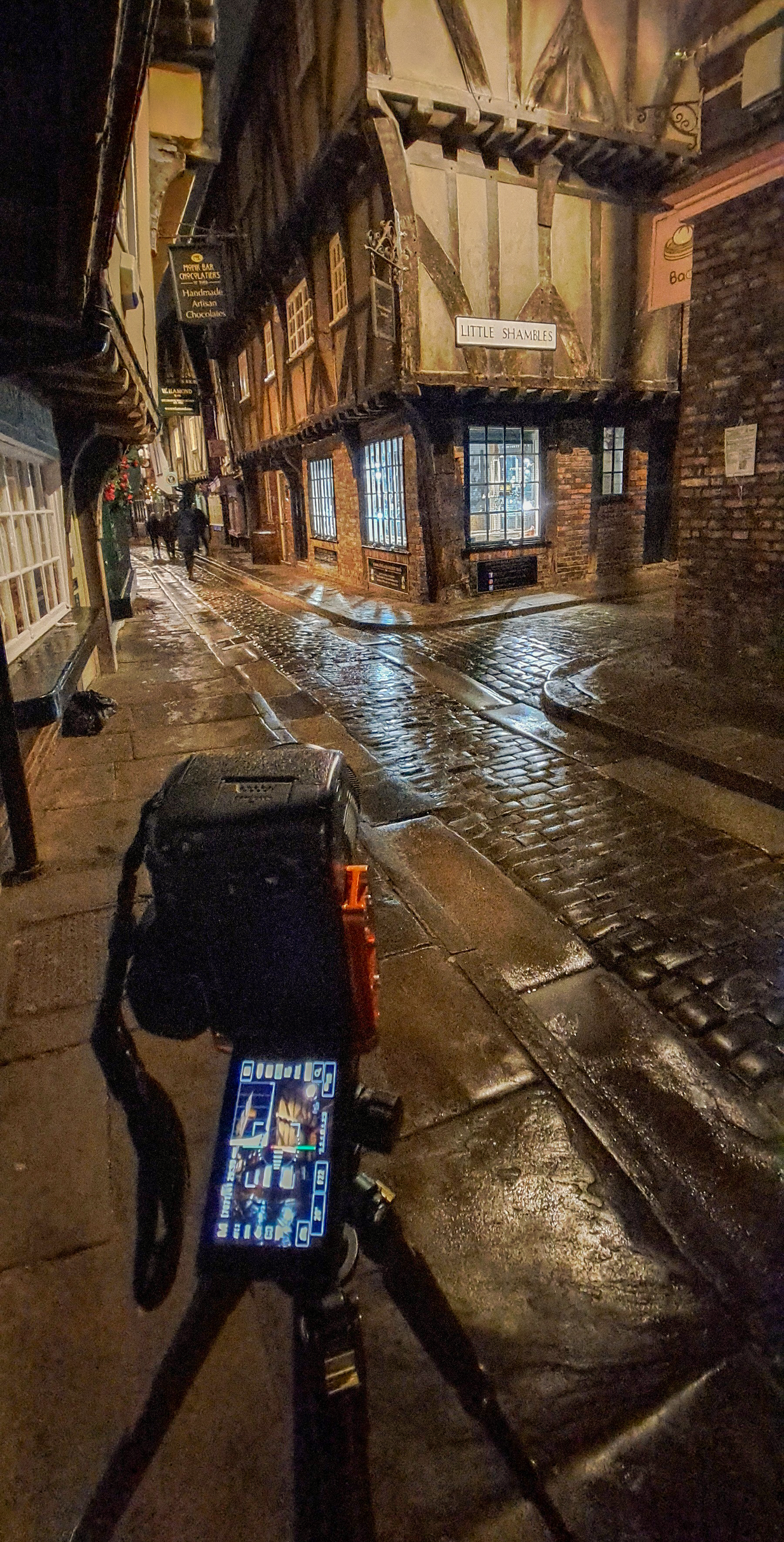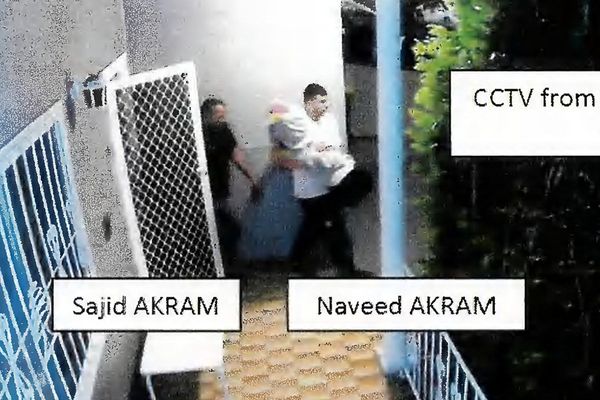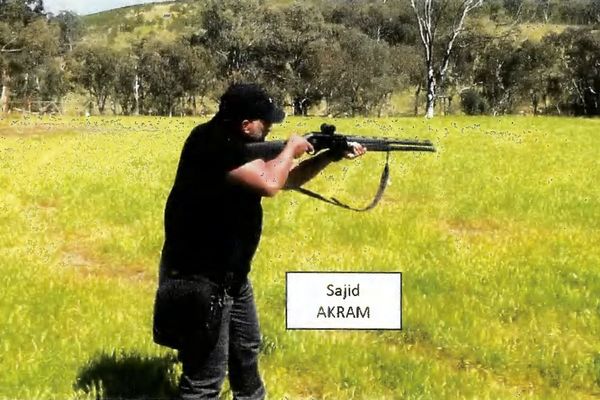
The mediaeval cobbled streets of York Shambles are such a beautiful subject to photograph. Believed to have been the inspiration behind Diagon Alley in the Harry Potter series this street is consequently hugely popular with fans of the film series and the general public alike. As great as this is for the tourism industry, the alley’s popularity can make it difficult to take a clean photograph. The crowds do give you the option to utilise a longer exposure to create ghost-like figures walking through the alley, but for this image I opted for a gap in the crowds to get a more eerie, atmospheric.
1. Wet surfaces reflect light
When photographing at night it’s always handy to look for surfaces to bounce light off in order to help balance your composition out, rather than leaving a dark area. In this case the rain helped by wetting the cobbles and reflected the lights from the shops and street lamps. In the absence of rain, windows can always be handy too.
2. Be patient
When working in a busy location patience can be vital, whether it be that you’re waiting for an interesting character to come into your shot or you are waiting for a gap in the crowd to achieve the clean composition that you want. It’s already night, you aren’t going to lose anything by waiting.
3. Awareness of foot traffic
When working in narrow streets like this one it always pays to keep your head on a swivel and keep looking around. If using a delay timer on your camera to avoid camera shake, make sure you haven’t timed it as someone is about to enter your shot.
4. Change the height
Look for perspectives which others may not see or photograph, especially in honeypot locations. Whether you are getting your camera higher or lower it can create unique viewpoints others may not spot while simply walking along. The result will help your shot stand out from the crowd.
5. Tripod is required

Using a tripod when doing night photography can be hugely beneficial, especially in the absence of a large amount of light. Using one allows you to extend your shutter speed and to keep your ISO low, improving sharpness and reducing the amount of noise in your image.
To take long exposure photos at night you need a tripod and to carry that around you need a tripod bag. If you're shooting historic locations, why not use a classic film camera to do it with? And if you're going to be shooting a lot at night time, then consider investing in a camera that really excels at night time photography.







